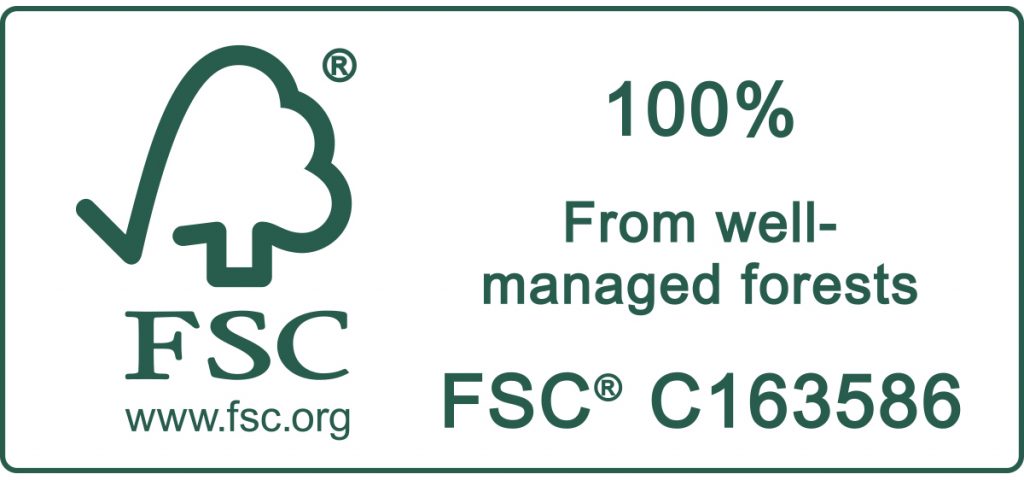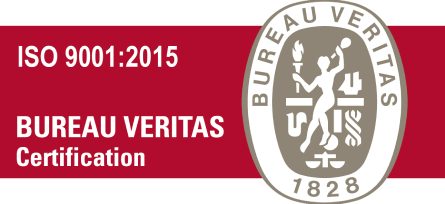A audit of a data room is a process to ensure that the data room is secure enough to keep and present sensitive information. Once the system is installed and tested, a valid users can access the materials through the secure browser interface. It’s important to set access restrictions and permissions to restrict who can download, edit or print the files. The most effective method to do this is to create an encrypted user profile for each. It is also crucial to keep tabs on who is using the data by keeping track of activity in a log of data room activity.
Most common use case: due Data room features diligence
Virtual data rooms (VDRs) are typically used to facilitate the review and approval of private documents in an M&A deal. When conducting due diligence, the sell-side requires a secure platform for storing documents, and potential investors require a suitable location to view it.
It’s important to keep in mind that a dataroom should only contain information that is relevant to the deal. Too much information could distract the buyer from the most important aspects. Information that is delayed can also hinder the momentum and diminish your chances of a successful financing process.
Legal companies and compliance departments must follow strict guidelines when handling confidential business documents. They can streamline their process by utilizing the security features of a dataroom, for example, watermarking and roles-based access. Life science companies are frequently responsible for handling large volumes of sensitive information, such as clinical discoveries and research findings. A data room can be used to secure these discoveries, and speed up time consuming procedures such as licensing.





